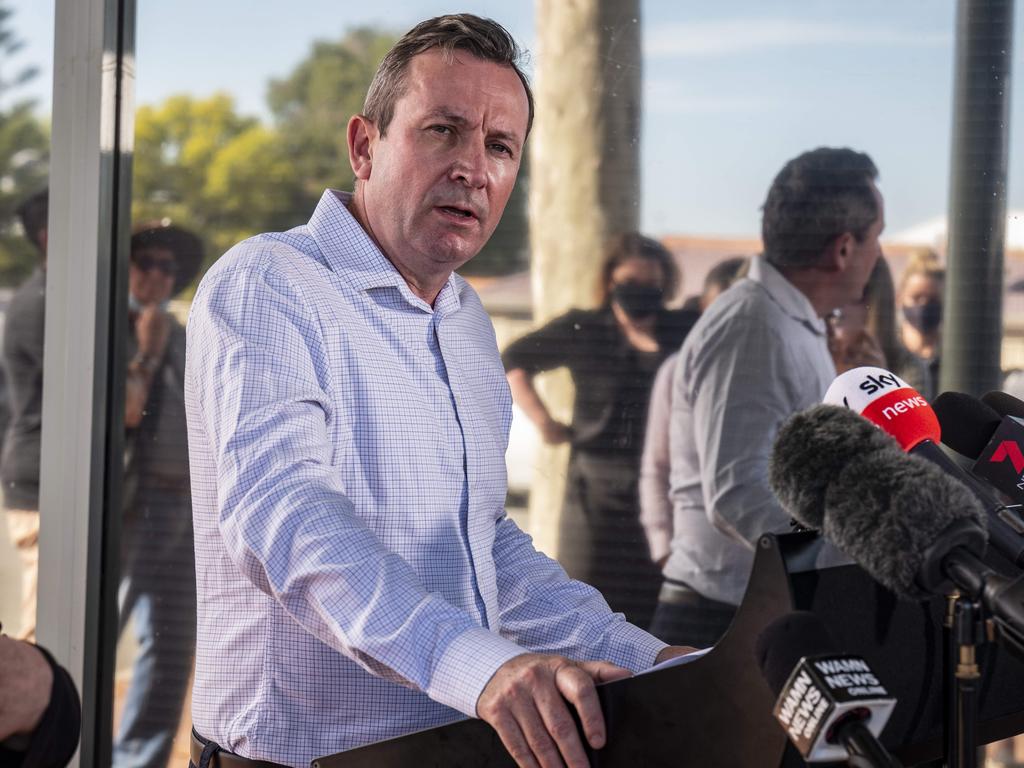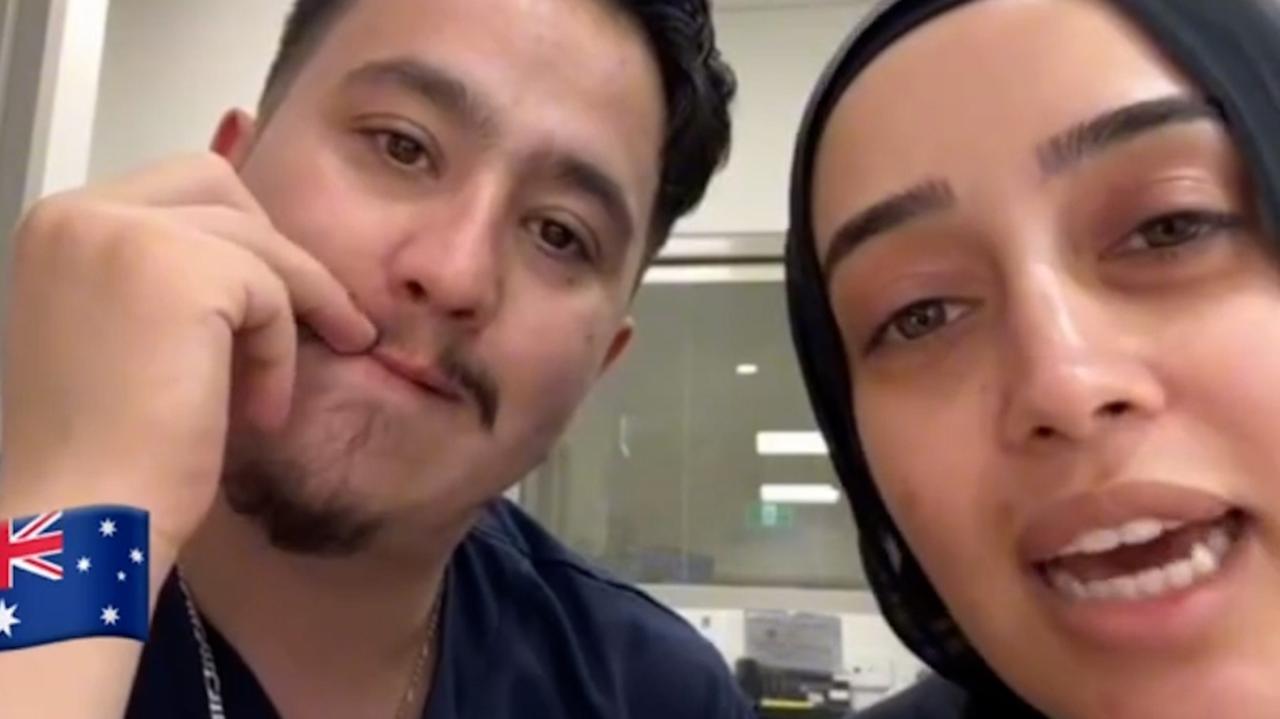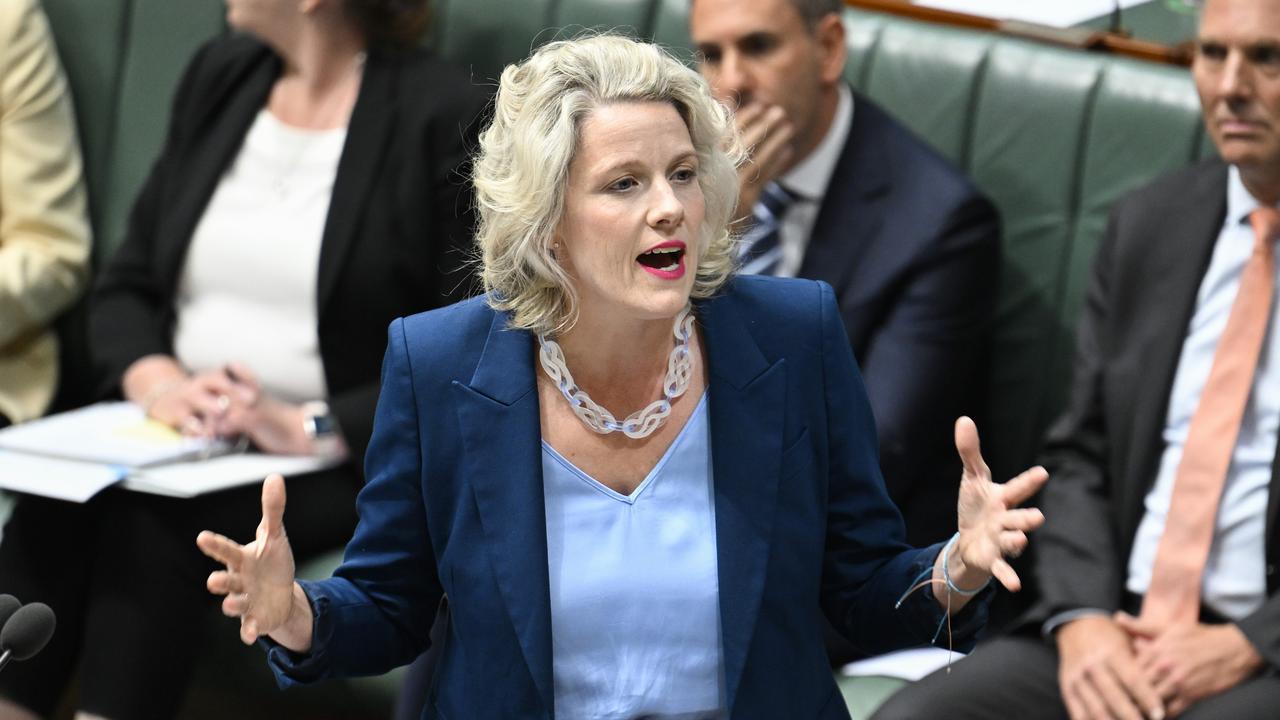Veterans hold tight as time marches on
With a combined age of 201, war veterans Albert Collins and Valerie Ireland are still tickled pink to be part of Australia’s great WWII generation.
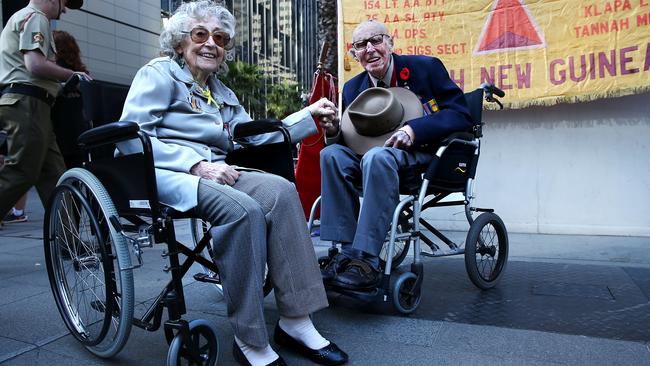
With a combined age of 201, war veterans Albert Collins and Valerie Ireland are still tickled pink to be part of Australia’s great WWII generation — and didn’t the crowd at the Anzac Day march in Sydney show its appreciation.
Mr Collins, 105, saw action in an anti-aircraft battery in New Guinea, while Ms Ireland, a spritely 96, was a gunner on the homefront who enlisted a week after she turned 18.
“I’ve seen cannibals, walked through swamps and survived the war,” the old boy said after being pushed the length of Elizabeth Street in a wheelchair on Sunday.
At his side, Ms Ireland said: “We were told we had one of the most important roles in the war ... we had to protect BHP.”
Sadly, the generation that fought the Nazis from 1939-45 and staved off the threat of Japanese invasion is fast approaching a tipping point, with fewer than 7800 of the nearly one million people who answered the call to arms during the nation’s darkest hours predicted to be alive in June.
Such is the attrition rate that nearly half of the aged vets counted in June 2019 will have died by mid-year, exclusive modelling from the Department of Veterans’ Affairs shows.
The fade out of the WWII veterans — now with an average age well in the 90s — was all too evident from their wafer-thin ranks in Sunday’s Anzac Day commemorations across the country.
In every city except locked-down Perth, the welcome back for Anzac Day from its COVID hiatus last year was heartfelt, with big, happy crowds turning out for the marches and thronging RSL clubs. Hundreds who couldn’t get into the ticketed Dawn Service in Melbourne looked on from behind temporary fencing. Marking the end of the nation’s 20-year commitment to the war in Afghanistan, Prime Minister Scott Morrison paid tribute to the 39,000 Australians who had served and fought there after the 9/11 terrorist attacks as “the bravest of this generation”.
And a year after the Melbourne Cricket Ground sat empty aside from a lone bugler playing The Last Post, a world record crowd for the post-pandemic era attended the AFL’s annual Anzac Day clash between Collingwood and Essendon.
The MCG fell silent again on Sunday. But this time the crowd of 78,113 did so in tribute to the Anzacs.
Meanwhile in Sydney, a crowd of 37,620 descended on the SCG as the Sydney Roosters handed a drubbing to St George Illawarra in the NRL’s traditional Anzac Day game. The last time the old lady was this full was for a pair of U2 concerts in late 2018.
The DVA figures show the precipitous decline in WWII veteran numbers over the past five years from the 31,700 who were living in 2016.
This had more than halved to 14,600 by June 2019, and dropped by another 37 per cent to 9200 last December.
The projected fall to 7800 as at this June means that 46.5 per cent of the WWII veterans alive two years ago have since died.
Were that rate of loss to continue, fewer than 1000 would be living in 2025, when their average age would exceed 100.
In Sydney, 100-year-old army veteran John Wilkinson achieved his goal of marching through the CBD with three generations of the family cheering him on. “I think Dad has been very moved over the years by how many people have been in the crowds, and so it means a lot to him,” his daughter Susie Rowe said.
WWII navy veteran Ron Kimpton, 96, was rugged up against the Melbourne chill in his wheelchair as he waited to take his place in the city’s scaled back march.
A four-deep crowd in Brisbane, unaffected by COVID restrictions, showered affection on the WWII survivors who rode in a fleet of silver cabs at the front of the march.
Vietnam veteran Garry Hughes, 75, made it a family affair when his son, Cameron, wore the medals earned by Mr Hughes’ father, Arthur, in WWII while his daughter, Alana, proudly sported those of his grandfather, also Arthur, who landed with the second wave of Anzacs at Gallipoli in 1915.
“We are a military family all the way down,” said Mr Hughes, who served in the navy during the Vietnam War and Konfrontasi against Indonesia in the 1960s.
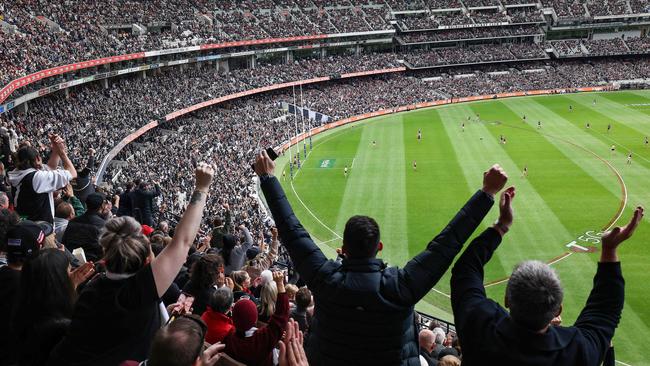
Veterans Affairs’ Minister Darren Chester said the Australian War Memorial and DVA were stepping up the effort to record the WWII vets’ stories before they were all gone.
It was sad “we are reaching the end of a great generation” of Australians, he said.
“But there are still many with us right now who are completely lucid and have great memories of their service and can pass on that information to future generations.”
DVA was digitising WWII service records to ease access for the families of those ex-servicemen who might want to record their recollections.
“I think, inevitably, families and local historians, the War Memorial itself and DVA will do everything we can to give people the chance to share their stories while they are still with us,” Mr Chester told The Australian.
“It’s important you capture that information and it’s all part of our commitment to remember the servicemen and women of our nation and ensure their service and sacrifice is well recorded.”
Encouragingly, the social distancing measures introduced to combat the COVID-19 pandemic seem to have eased the attrition for 2020-21 thanks to the spin-off benefit of reduced seasonal ’flu, usually a big threat to nonagenarian veterans.
The DVO projects that 1400 will die in the six months from December 2020 to June this year at a slower rate than previously recorded.


